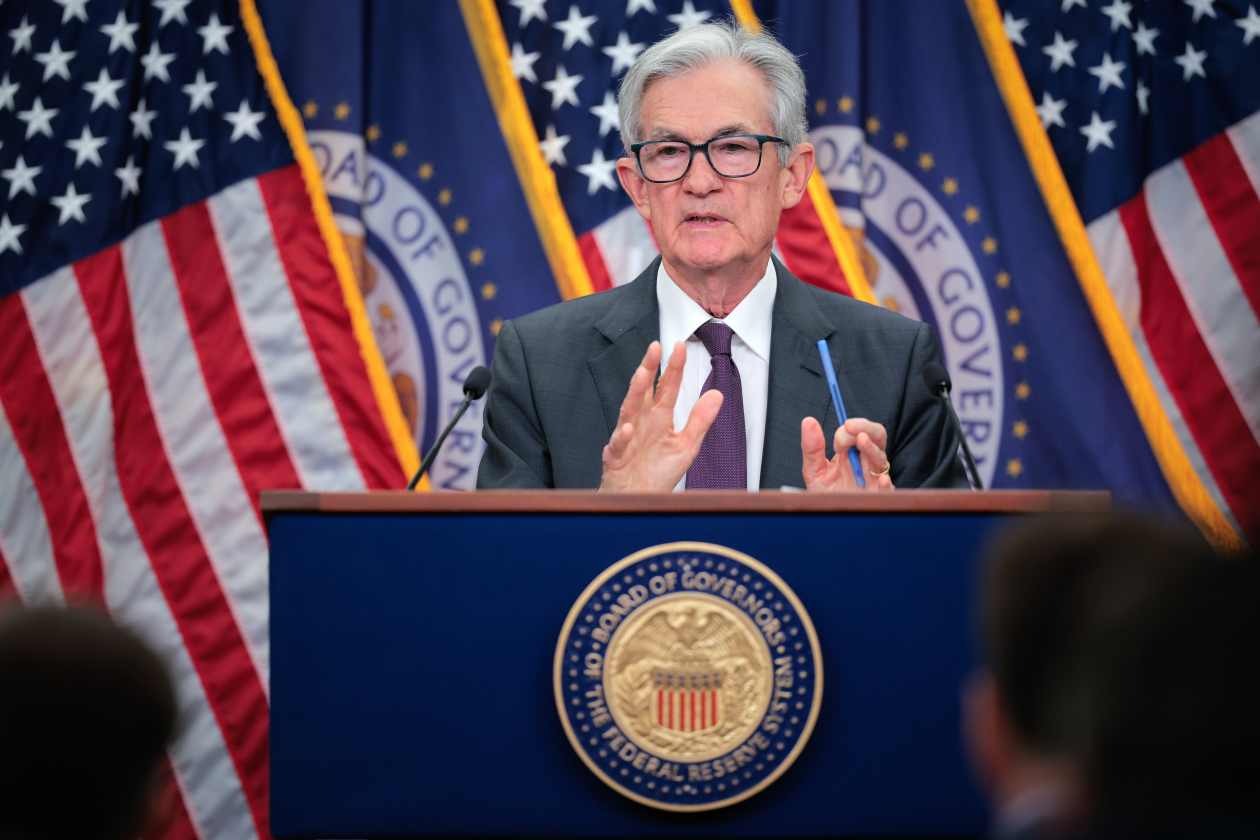In a move that financial markets had been anticipating for months, the Federal Reserve lowered its benchmark interest rate by a quarter of a percentage point this Wednesday. This marks the central bank’s first rate cut since last December, signaling a significant shift in its approach to a U.S. economy showing clear signs of cooling.
The new target range for the federal funds rate is now 4.00% to 4.25%. But perhaps more importantly, the Fed’s own projections, known as the “dot plot,” indicate that policymakers are forecasting two additional rate cuts before the end of 2025.
Test Your Fed Knowledge!
Quick question: Before this meeting, when was the last time the Fed raised rates? Was it
a) July 2023, b) December 2024, or c) March 2025?
#Drop your guess in the comments below!
The primary driver behind this decision was a growing concern over the health of the labor market. Fed Chair Jerome Powell, in his post-meeting press conference, stated unequivocally that the softening job market was now the top concern for him and his colleagues.
“There are no risk-free paths… It’s not incredibly obvious what to do,” Powell told reporters. “We have to keep our eye on inflation at the same time, we cannot ignore… maximum employment.”
He pointed to several **incipient** signs of weakness, including rising unemployment within minority communities, a declining average workweek, and overall payroll growth that is nearing “stall speed.” Powell emphasized that the current pace of job creation is likely below the level needed to keep the unemployment rate from rising, making the economy vulnerable to any uptick in layoffs.
The Lone Dissent and the Political Intrigue
The meeting was not without its drama. The only dissenting vote came from the Fed’s newest governor, Stephen Miran, who was sworn in just a day prior. Miran, who is on leave from his role as head of the White House’s Council of Economic Advisers, argued in favor of a more aggressive half-percentage-point cut.
His dissent was visually reinforced by the newly released dot plot, which showed one anonymous policymaker projecting a year-end rate far below the median—a forecast analysts immediately attributed to Miran, implying he supports a swift easing of policy to below 3%.
This injected a dose of political intrigue into the proceedings, given President Trump’s persistent public demands for steeper rate cuts and his simultaneous, though so far unsuccessful, attempt to fire Governor Lisa Cook to open another board seat. Despite this, concerns about overt political influence on the Fed’s decision-making appear overblown for now, as the consensus ultimately held firm.
What This Means For You:
Lower interest rates can make it cheaper to borrow for a car, home, or business expansion. But it also means lower yields on savings accounts. Are you #TeamBorrower or #TeamSaver?
How will this impact your financial plans? Let us know!
A Delicate Balancing Act
The Fed is now walking a tightrope. Inflation is still projected to end the year at 3%, significantly above the central bank’s 2% target. However, policymakers have clearly decided that the risk of a deteriorating job market outweighs the threat of persistent inflation.
Ellen Hazen, chief market strategist at F.L. Putnam Investment Management, noted, “[The Fed] deemed that the downside risk to employment has increased, and therefore it would seem that they are weighting the labor market more than the higher inflation.”
Looking ahead, Powell stressed that the Fed is in a “meeting-by-meeting situation,” with future decisions entirely dependent on incoming economic data. While the path is not set in stone, the central bank’s trajectory is clearly toward a more accommodative policy, aiming to safeguard the economic expansion from a sharper slowdown.
The market largely expects this dovish turn to continue, with rate futures pricing in a more than 90% probability of another cut at the Fed’s next meeting in late October. All eyes will now be on the upcoming employment and inflation reports to see if they confirm the Fed’s newfound fears.
What’s your outlook for the rest of 2025? Do you think the Fed is doing enough, or too much?
Join the conversation and share your analysis with the TrinityCapitalMatrix25 community.*
